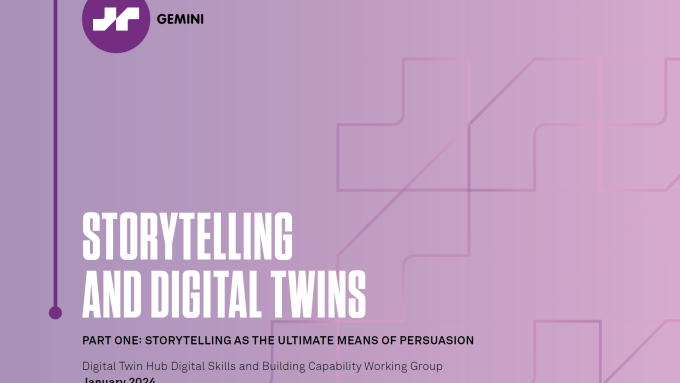Download File

- File Information
- Size: 1.8MB
- Type: pdf
Energy, water, and telecoms are only a subset of the infrastructure networks we need to consider in planning for climate resilience. To protect the whole infrastructure system, CReDo needs to expand into new sectors in a consistent, scalable way.
Building on previous phases of CReDo, we’ve developed a methodology for defining use cases for CReDo in new sectors. We used strategic planning for flooding on the road and rail networks as a case study to develop this methodology: flooding for ease of integration with the existing CReDo tool, the road network for its importance to current asset owners, and the rail network for its strategic importance to the UK economy. This infographic illustrates the outputs of our work.
Our use case definition methodology is as follows:
1. Explore the decisions that CReDo might support within a sector, and what decisions would be enabled in CReDo’s core sectors by onboarding this sector.
Each infrastructure sector has a different array of options for climate adaptation and a different asset base at risk of climate events. As a tool for climate resilience planners, CReDo needs to take these particularities into account. Additionally, given the interdependencies between infrastructure networks, onboarding a new sector’s asset base into CReDo also has implications for CReDo’s existing models, which need to be mapped to realise the benefits of the tool.
Climate change adaptation reports from infrastructure operators are key to understanding which assets are at risk, how these are currently protected, and what high-level dependencies exist with other sectors. Conversations with stakeholders further illuminate the risks specific assets face.
2. Create and refine a knowledge graph of assets within a sector.
CReDo represents assets and the connections between them in a knowledge graph, which is used to model the criticality and vulnerability of assets. A sector-specific knowledge graph is a key output of research into climate resilience decisions in a new sector. With a knowledge graph, we can identify how we might model the failures of different assets and their knock-on effects, and in turn, what asset datasets are required from an operator within the sector.
3. Identify key stakeholders to engage throughout the onboarding process.
Every CReDo project requires engaging with the same stakeholder categories:
· Strategic climate resilience planners: These are ultimately the target users of CReDo within a given infrastructure operator. Continued engagement is necessary to ensure that CReDo develops in line with their decision-making needs.
· Asset data teams: We turn to asset data teams to understand whether the required data is available and can be shared.
· Asset engineers and managers: These engineers are integral to CReDo’s asset failure modelling approach. Where no in-house asset failure models or past data exist, we run elicitation sessions with asset strategy engineers to build our own models of asset failure.
Get involved
Download our infographic to see sample outputs of our use case definition methodology.
With a clear methodology for defining new use cases, we hope we can scale CReDo to more asset owners and other key users. Contact us via the Digital Twin Hub if you’re interested in a discovery phase. Alternatively, share your feedback on our use case development methodology.


